1. Painting Over Original Wood Finishes
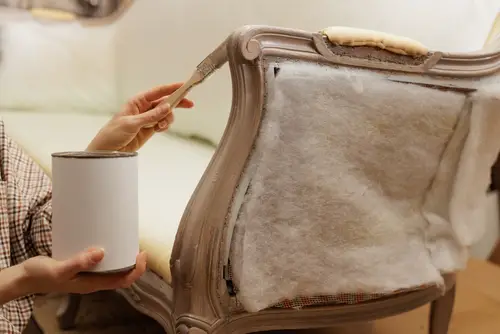
One of the biggest regrets collectors share is slapping a coat of paint on original wood. While it might seem like a quick fix for scratches or fading, paint destroys the natural patina that gives antiques their character. That aged finish is part of what makes a piece valuable, both financially and historically. Once it’s covered, it’s nearly impossible to get it back.
People often think a coat of white paint will make a dresser “farmhouse chic,” but it usually kills the value instantly. Original stains, even when uneven or worn, tell a story that buyers crave. Stripping away that authenticity leaves you with just another painted piece of furniture. Collectors will almost always pass on something that’s been tampered with this way.
2. Replacing Old Glass with Modern Panes

Glass from the 18th and 19th centuries often has ripples, bubbles, or waves that modern glass just doesn’t replicate. Many well-meaning restorers swap it out for safety or clarity, only to realize they’ve erased a unique feature. Those little imperfections are exactly what makes antique glass stand out. Removing it erases an important piece of craftsmanship.
Even in cabinets or clocks, that original glass is a huge part of the charm. Buyers can instantly tell the difference, and modern replacements make a piece look generic. If safety is a concern, professionals can stabilize the glass without replacing it. Once you’ve swapped it, though, the authenticity is gone for good.
3. Over-Polishing Metal Hardware
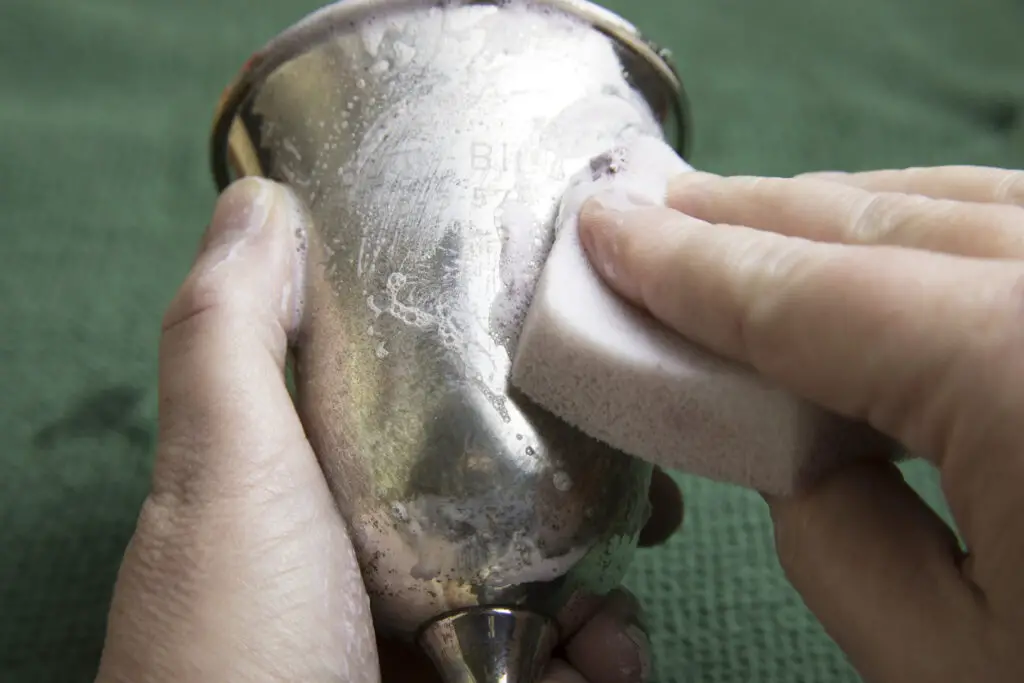
Brass handles, hinges, and keyholes may look dull at first glance, but their aged patina adds a ton of value. When someone polishes them until they shine, it often makes the piece look cheap and brand-new. That old finish took decades to develop, and it’s irreplaceable once it’s stripped away. Collectors can always spot an over-polished piece.
The instinct to make things “look clean” is understandable, but antiques aren’t meant to look factory-fresh. A little tarnish is proof of history. Removing it can also expose uneven surfaces that were never meant to be seen. A light cleaning is fine, but polishing away the patina is almost always regretted.
4. Sanding Down Antique Tables
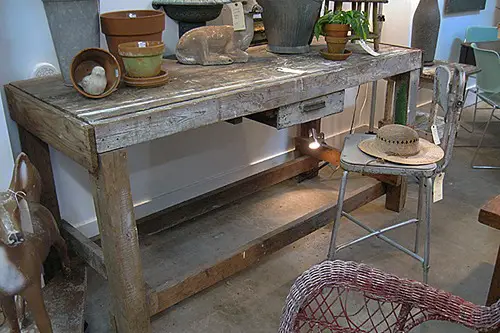
Sanding feels like a natural first step when tackling a restoration project, but it can be a disaster for antique furniture. Old wood often has thin veneers or delicate inlays that sanding will destroy. Once those are gone, the table loses both beauty and value. Even deep scratches are often better left as character marks.
Many tables from the 18th and 19th centuries weren’t designed for aggressive refinishing. Sanding also removes the mellowed patina that only centuries of use can create. A sanded table may look “new,” but it’s essentially lost its history. That’s why furniture experts usually recommend cleaning and waxing instead.
5. Using Modern Nails and Screws
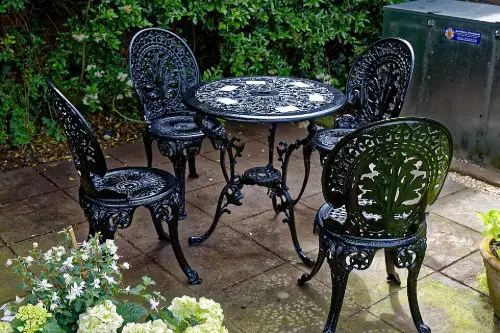
Swapping out wobbly joints with modern fasteners seems like a quick solution, but it’s a common regret. Antique furniture was built with joinery techniques like dovetails and mortise-and-tenon, and replacing those with Phillips-head screws ruins the authenticity. The shiny hardware stands out instantly. Plus, it often damages the wood.
Collectors and appraisers value original construction methods as much as the wood itself. Modern screws don’t just look out of place—they make the piece structurally weaker in the long run. If reinforcement is necessary, conservators often use period-appropriate materials. Otherwise, you’re left with a hybrid that no longer feels genuinely antique.
6. Reupholstering with the Wrong Fabric
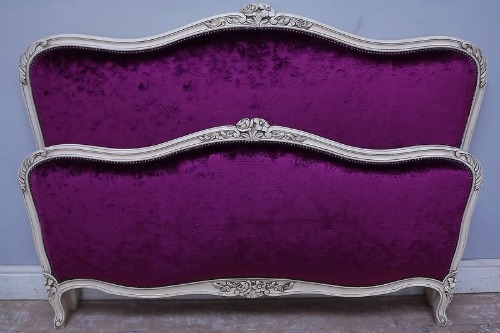
Antique chairs and sofas often come with threadbare or stained fabric, so reupholstering seems like the obvious answer. But choosing modern patterns or synthetic materials is a fast way to devalue a piece. The style and weave of the fabric matter just as much as the frame. One wrong choice, and the entire look feels off.
Collectors love textiles that match the era of the piece, even if they’re replacements. Using velvet, brocade, or linen in historically appropriate colors can preserve authenticity. But polyester blends or trendy prints just don’t belong. The regret sets in when that “fresh look” makes the antique appear like a cheap reproduction.
7. Stripping Antique Clocks
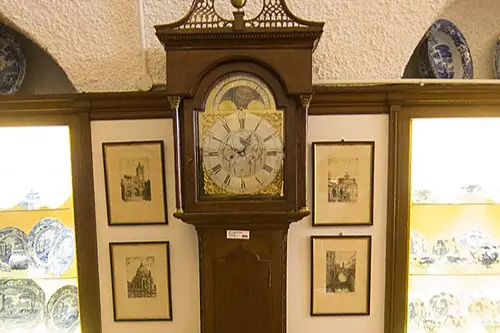
Old clocks often have delicate dials and intricate wood cases that tempt people to strip and refinish. Unfortunately, stripping removes details that were carefully hand-painted or gilded. It also erases the darkened finish that shows its true age. Once that’s gone, the clock becomes just another shiny box with gears.
Clock collectors value untouched finishes above all else. Even slight alterations can reduce a clock’s desirability. The regret usually hits when owners discover that their “restored” clock is now worth far less than one with scratches and faded paint. In the world of horology, authenticity always wins over perfection.
8. Over-Cleaning Silver

There’s a fine line between cleaning silver and scrubbing away its soul. Antique silver often develops a dark, beautiful patina that collectors love. When people polish it until it’s mirror-bright, they strip away that depth and history. Worse, frequent polishing actually wears down the surface.
It’s natural to think shiny equals valuable, but with antiques it’s usually the opposite. A little tarnish shows authenticity. Once it’s gone, the piece loses character and appeal. Light cleaning is fine, but the regret sets in when owners realize they buffed away decades of history.
9. Modernizing Antique Lighting
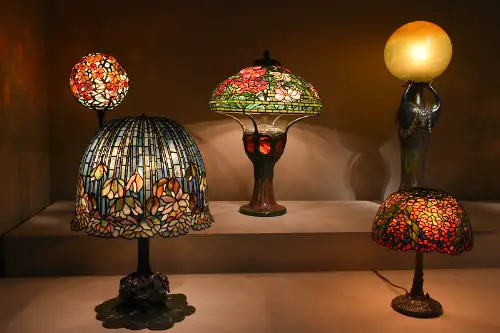
Antique lamps and chandeliers often get “updated” with modern wiring or shades. While safety is important, many people go overboard by swapping out the original fixtures entirely. That can erase ornate detailing or rare glass shades. The result is a lamp that looks modern but no longer holds collector interest.
Rewiring for safety can be done discreetly without replacing original parts. The problem arises when the work strips away everything unique about the piece. Collectors know immediately when a lamp has been modernized too heavily. The regret often comes when the antique loses all resale value.
10. Repairing with Epoxy or Super Glue
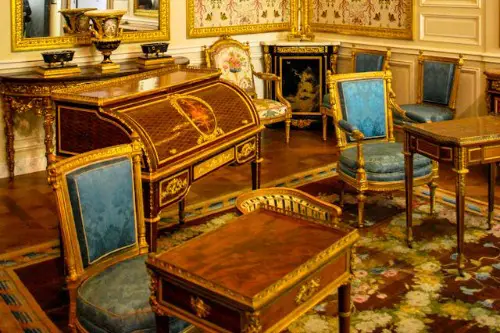
A broken chair leg or vase handle can feel like a problem that calls for heavy-duty adhesives. But modern glues like epoxy and super glue seep into porous materials and leave permanent marks. Once used, they make future professional repairs almost impossible. Instead of saving the piece, they often ruin it forever.
Professionals rely on reversible adhesives that can be undone if necessary. That flexibility is key to preserving antiques over the long haul. Quick fixes with modern glue may hold, but they leave ugly residue and scars. The regret usually comes when owners realize they’ve trapped themselves with a bad repair.
11. Removing Original Labels or Maker’s Marks

In the process of refinishing, many people scrape off labels or sand away carved maker’s marks. At the time, it feels like clearing away clutter. But those little details are often the only proof of origin and authenticity. Without them, the value drops dramatically.
Collectors treasure documentation as much as the object itself. A maker’s mark can be the difference between an everyday chair and a museum-worthy piece. Removing it leaves the item untraceable, essentially stripping it of its pedigree. That’s a regret no amount of restoration can undo.
12. Over-Restoring Porcelain
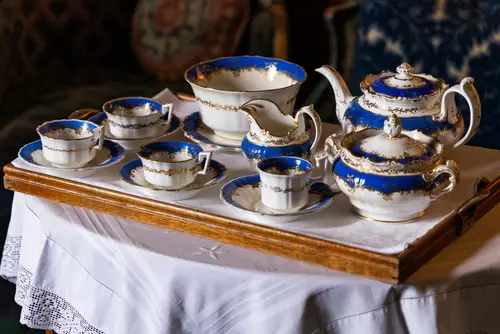
Porcelain antiques often have chips or cracks, and it’s tempting to make them look perfect again. But heavy restoration, especially repainting or re-glazing, usually does more harm than good. It makes the piece look suspiciously new. Collectors are wary of items that look too perfect.
Hairline cracks or minor chips are part of an antique’s story. Over-restored porcelain, on the other hand, raises doubts about authenticity. Once the original glaze is tampered with, there’s no going back. The regret sets in when the “fixed” piece ends up worth less than the flawed one.
13. Refinishing Antique Instruments

Musical instruments, especially violins and pianos, are often victims of over-restoration. Stripping and refinishing them might make them shine, but it changes their tone and character forever. Many famous instrument makers used specific varnishes that influenced sound. Once removed, that quality is lost.
Collectors and musicians both prefer instruments with original finishes, even if they’re worn. The aged varnish is part of what makes them unique and valuable. Refinishing may seem like maintenance, but it often destroys the very qualities that made the instrument special. The regret is especially sharp when the music never sounds the same again.
14. Turning Antiques Into “Upcycled Projects”
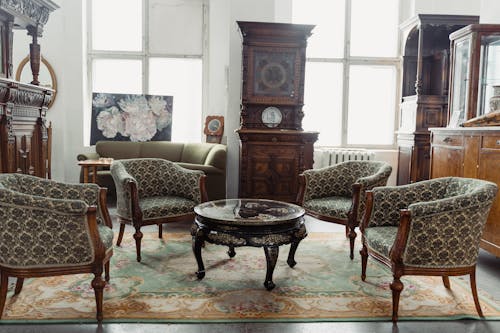
Repurposing antiques into new furniture is trendy, but it’s almost always regretted later. Turning a Victorian dresser into a bathroom vanity or sawing an old door into a coffee table feels creative. But it destroys the integrity and history of the original piece. Once altered, it can never be restored to what it was.
While upcycling may make sense for mass-produced furniture, true antiques are finite and irreplaceable. Every cut or drill hole erases value. Years later, many people wish they’d preserved the antique instead of following a trend. Collectors rarely touch upcycled pieces, leaving them with sentimental value only.
This post 14 Antique Mistakes Everyone Regrets Restoring was first published on Greenhouse Black.
